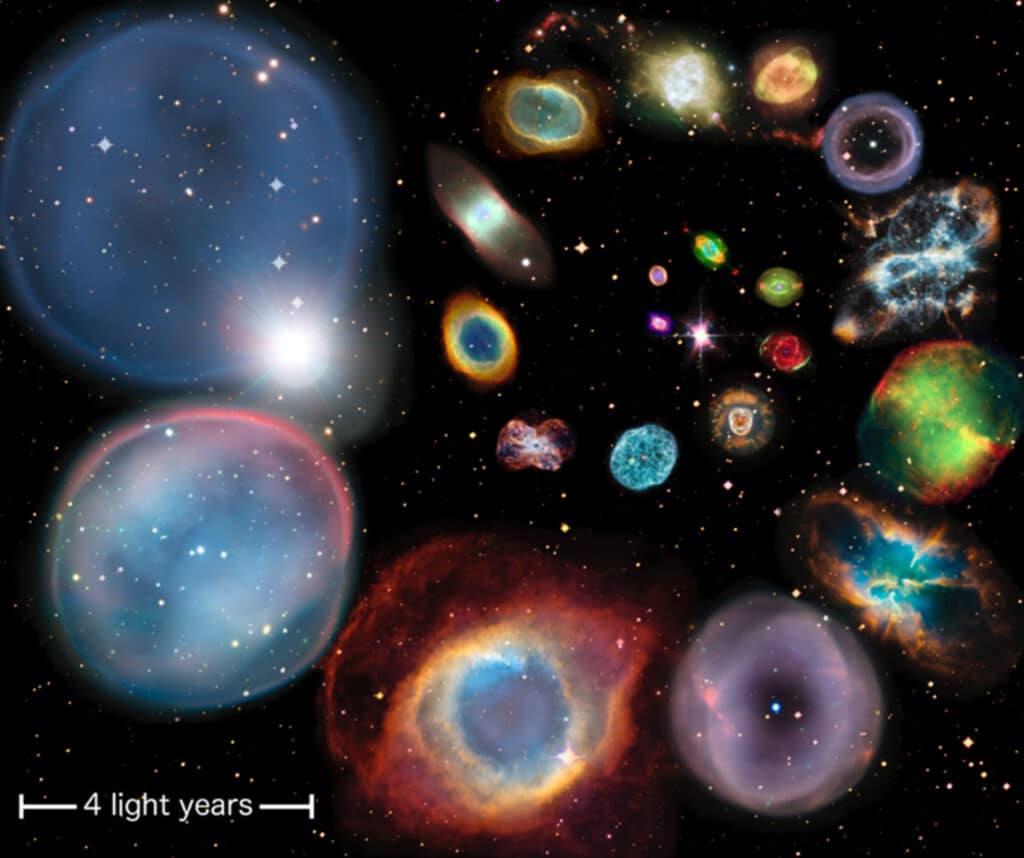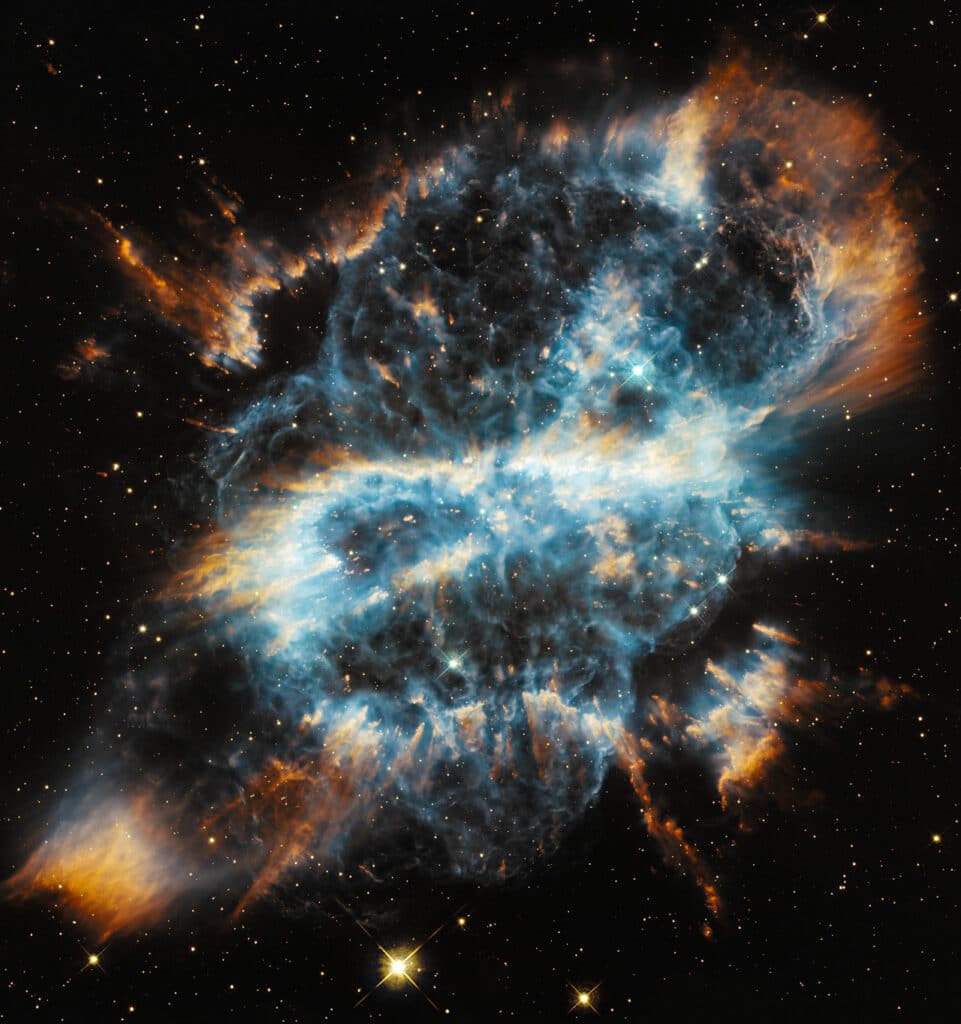A perplexing mystery that has puzzled the scientific community for over 20 years has finally been solved. The enigma centered around the unexpectedly low levels of sulphur detected in Planetary Nebulae (PNe) — the luminous clouds of gas expelled by dying stars — which did not align with theoretical predictions or the observed amounts of other elements.
Planetary Nebulae, often celebrated for their vibrant colors and diverse shapes, serve as crucial laboratories for studying the final stages of stellar evolution. These phenomena, which mark the transition of a star to a white dwarf, are fleeting on astronomical timescales, existing for only a few tens of thousands of years. The rich spectrum of light they emit allows scientists to probe their chemical composition, offering insights into the processes that govern stellar death.

The issue at hand, known as the “sulphur anomaly,” involved the apparent deficiency of sulphur in PNe compared to other astronomical objects, such as H II regions (areas of space where hydrogen gas is ionized) and blue compact galaxies. Sulphur, being an “α element,” is expected to be produced alongside other elements like oxygen, neon, argon, and chlorine in the nuclear fusion processes of stars. Thus, its abundance should mirror these elements closely.
According to a media release, Shuyu Tan, a graduate of The University of Hong Kong (HKU) MPhil in physics and research assistant at the university’s Laboratory for Space Research (LSR), together with her supervisor Quentin Parker, professor and the director of LSR, approached this puzzle with a new strategy. By analyzing an unparalleled set of high-quality optical spectra from about 130 PNe in our galaxy’s center, obtained using the European Southern Observatory’s 8-meter Very Large Telescope in Chile, they were able to cut through the noise that had clouded previous studies.
The clarity and precision of their data collection proved pivotal. It revealed that the lower levels of sulphur observed in PNe were not indicative of a genuine anomaly but rather the result of previous analyses using poor-quality data and incorrect base comparisons for metallicity — the abundance of elements heavier than hydrogen and helium in stars. By using argon as a comparator instead of oxygen, a robust correlation between sulphur and oxygen abundances emerged, aligning with expectations and effectively resolving the anomaly.
This finding not only clarifies a longstanding question in astrophysics but also highlights the importance of high-quality data in scientific discovery. By demonstrating that sulphur levels in PNe do indeed follow the anticipated “lock-step” pattern with other elements, HKU researchers overturned previous theories that suggested the sulphur anomaly was due to underestimated ionization stages or weak emission lines.

Their work underscores the critical role of accurate measurements and sophisticated observational techniques in unraveling the complexities of the cosmos. This discovery not only advances our understanding of chemical processes in Planetary Nebulae but also strengthens the foundation for future research in stellar evolution and the life cycles of stars.
The study is published in The Astrophysical Journal Letters.












